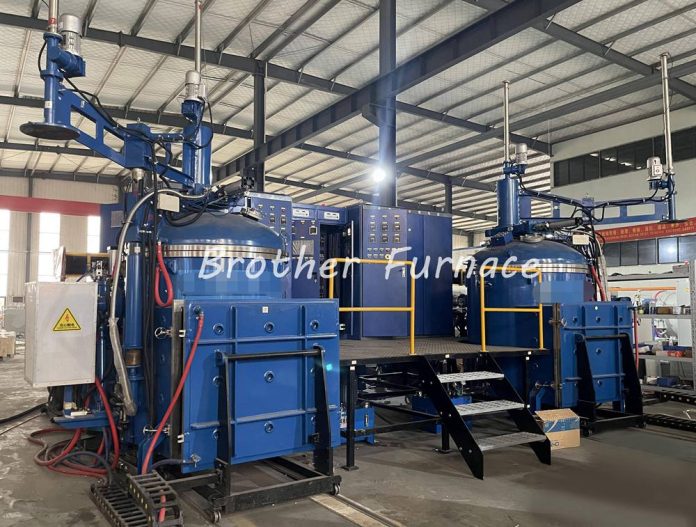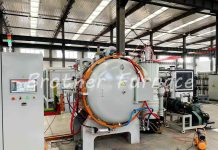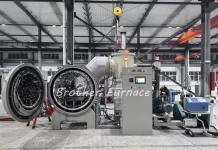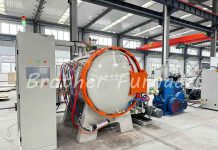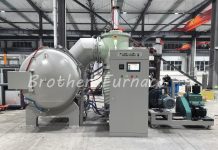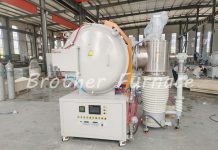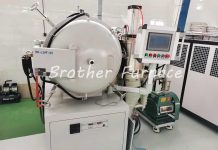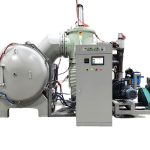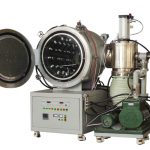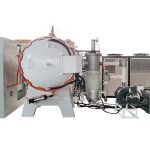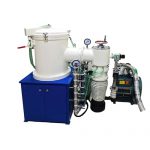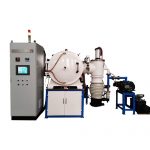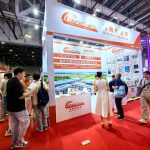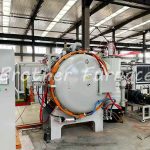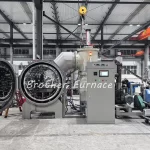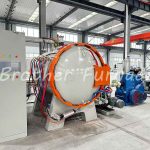A vacuum casting furnace is a specialized metallurgical system designed to melt and cast metals in a controlled vacuum environment. By eliminating atmospheric gases such as oxygen and nitrogen, this technology ensures minimal contamination, producing high-purity alloys with superior mechanical properties. Widely utilized in industries requiring precision and reliability, such as aerospace, medical, automotive, and energy, vacuum casting furnaces are critical for manufacturing components like turbine blades, medical implants, and high-performance engine parts.
Components and Working Principle
A vacuum casting furnace integrates several key components to achieve efficient melting and casting:
- Vacuum Chamber: A sealed enclosure where air is evacuated to create a low-pressure environment, preventing oxidation and gas absorption.
- Heating System: Induction heating is commonly used, where an alternating current passes through copper coils, generating eddy currents in the metal charge. This method enables rapid, direct heating of the metal.
- Crucible: Made of refractory materials (e.g., alumina, zirconia, or graphite), the crucible holds the molten metal and withstands extreme temperatures (up to 2000°C).
- Vacuum System: Comprising pumps, valves, and gauges, this system maintains the required vacuum level (e.g., 7×10⁻³ Pa) to ensure process integrity.
- Tilt and Pour Mechanism: Allows precise tilting of the furnace to transfer molten metal into molds.
- Control Systems: Advanced electrical controls regulate temperature, power, and vacuum levels, ensuring consistent process parameters.
- Secondary feeding, mixing system (optional).
- Mold preheating system (optional).
Key Features and Advantages
- Oxidation Prevention: The vacuum environment eliminates reactive gases, reducing oxidation and evaporation losses.
- High Heating Efficiency: Induction heating enables rapid temperature rise and precise control, ideal for metals with high melting points (e.g., titanium, nickel-based superalloys).
- Superior Metal Quality: Removes dissolved gases (e.g., hydrogen, oxygen) and minimizes impurities, yielding alloys with excellent mechanical strength and purity.
- Environmental Safety: Low emissions of dust and harmful gases compared to conventional melting processes.
- Flexibility: Suitable for small-batch production and diverse metals, including reactive materials like zirconium and hafnium.
Applications
Vacuum casting furnaces are indispensable in industries demanding high-performance materials:
- Aerospace: Producing turbine blades, engine components, and structural parts from heat-resistant superalloys.
- Medical: Manufacturing biocompatible implants and surgical tools with stringent purity requirements.
- Automotive: Casting high-strength engine and transmission components.
- Energy: Fabricating electrodes for remelting processes (e.g., vacuum arc remelting) and components for power generation systems.
- Advanced Materials: Processing magnetic alloys (e.g., neodymium magnets) and specialty metals for electronics.
Crucible Selection
The choice of crucible material is critical for performance and longevity:
- Alumina (Al₂O₃): Ideal for steels and nickel-based alloys.
- Zirconia (ZrO₂): Suitable for reactive metals and ultra-high-temperature applications.
- Graphite (C): Used for non-reactive alloys but may form carbides with certain metals.
- Magnesia (MgO): Limited to specific applications due to susceptibility to thermal shock.
See the Technical Details of Induction-Heated Vacuum Furnace…
Common Challenges and Solutions
- Melt Leakage: Caused by crucible cracks or lining damage. Solution: Optimize crucible material selection and sintering processes.
- Insufficient Vacuum: Results from pump failure or leaks. Solution: Regular maintenance of vacuum seals and pumps.
- Temperature Fluctuations: Thermocouple errors or controller misconfigurations. Solution: Routine calibration and system checks.
Maintenance and Best Practices
- Regularly inspect water-cooling systems to prevent overheating.
- Clean the vacuum chamber to avoid contamination.
- Follow standardized operating procedures to ensure safety and efficiency.
Conclusion
The vacuum casting furnace represents a fusion of vacuum technology and advanced heating methods, offering unparalleled precision in metal processing. Its ability to produce contamination-free, high-performance alloys makes it a cornerstone of modern manufacturing. As industries continue to demand materials with exceptional properties, vacuum casting furnaces will remain vital for innovation in aerospace, healthcare, and beyond.
For further inquiries or technical assistance, feel free to contact us.
Our Vacuum Casting Furnace Standard Size:
| Model | Capacity (kgs) |
Frequency (HZ) |
Power (KW) |
Max.Vacuum (Pa) |
Cooling water consumption (T/H) |
| BR-RLL-10 | 10 | 3000 | 60 | 7×10-3 | 10 |
| BR-RLL-25 | 25 | 2500 | 120 | 7×10-3 | 15 |
| BR-RLL-50 | 50 | 2000 | 160 | 7×10-3 | 25 |
| BR-RLL-100 | 100 | 2000 | 200 | 7×10-3 | 30 |
| BR-RLL-200 | 200 | 1000 | 200 | 7×10-3 | 35 |
| BR-RLL-300 | 300 | 800 | 250 | 7×10-3 | 40 |
| BR-RLL-500 | 500 | 800 | 350 | 7×10-3 | 50 |
| BR-RLL-1000 | 1000 | 800 | 400 | 7×10-3 | 70 |
*Other sizes can be customized
Case
Follow us on Facebook

